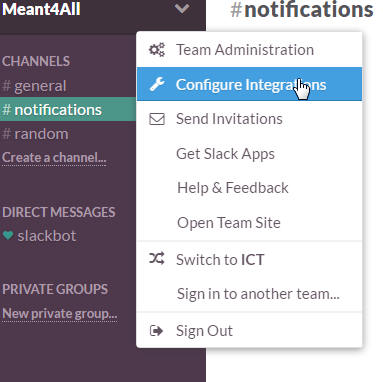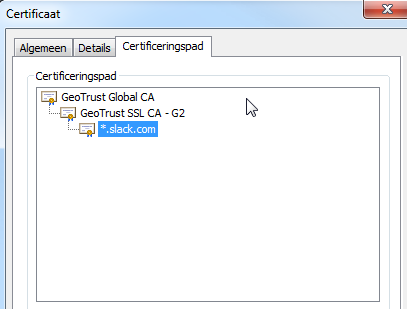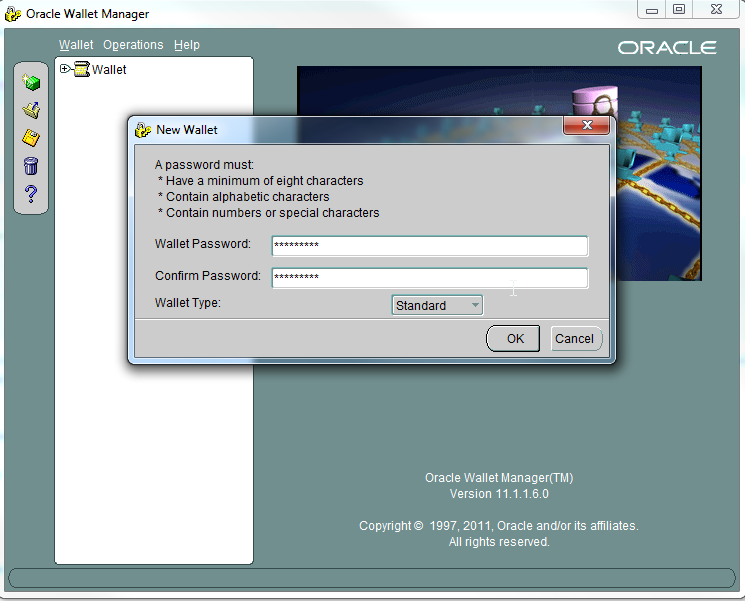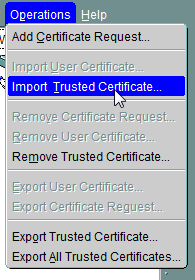When our customer purchased a licence for PLPDF I started to think about building a simple printserver for APEX in pure PL/SQL.
That should be simple, right? Well, let’s see.
The first step I took was to investigate the full HTTP request APEX makes to its printerengine.
For this I used node.js. Yes, I could have used any sniffer available and APEX also gives you the XML, but building it myself in node.js was more fun. The catcher writes the request to a textfile named body.txt.
File: index.js
var server = require("./server");
var router = require("./router");
server.start(router.route);
File: server.js
var http = require("http"),
url = require("url");
var constants = {"Port": "80"};
function start(route) {
http.createServer(function (request, response) {
route(url.parse(request.url).pathname, request, response);
}).listen(constants.Port, function () {
console.log("Listening on " + constants.Port);
});
}
exports.start = start;
File: router.js
var fs = require('fs');
function route(pathname, request, response) {
console.log('In de router: ');
console.log('Path: ' + pathname);
console.log('Method:' + request.method);
//console.log(request);
var body = '';
request.on('data', function (chunck) {
body += chunck;
});
request.on('end', function () {
fs.writeFile('body.txt', body, function (err) {
if (err) {
return console.log(err);
}
response.writeHead(200, {"Content-Type": "text/plain"});
response.write(request.toString());
response.end();
});
});
}
exports.route = route;
I started the catcher via
node index.js
and ajusted the Apex Instance settings as admin to the following:
Print Server : Oracle BI Publisher –> Apache FOP will also work
Print Server protocol : HTTP
Print Server Host Adress: The hostname of my machine
Print Server Port : 80 The Port where the catcher is listening
Print Server Script : /<dad>/converttopdf
After that I created an application with a Report Query and a simple page with a button to print. How to do that is out of the scope of this blog.
After pressing the print-button the catcher wrote the follwing information:
Path: /<dad>/converttopdf
Method: POST
xml=<?xml version="1.0" encoding="UTF-8"?>
<DOCUMENT>
<DATE>01-FEB-13</DATE>
<USER_NAME*****USER_NAME>
<APP_ID*****APP_ID>
<APP_NAME>*****</APP_NAME>
<PAGE_ID>1</PAGE_ID>
<TITLE>*****</TITLE>
<REGION ID="some number">
<ROWSET>
<ROW>
<NAME>*****</NAME>
<EAN_GLN>*****</EAN_GLN>
</ROW>
...
</ROWSET>
</REGION>
</DOCUMENT>
&template=<?xml version ....
..
</xsl:stylesheet>
&_xtype=xsl-fo&_xf=pdf
So, APEX used a POST method to /<dad>/converttopdf using a body with the following four parameters
xml, template, _xtype, _xf
So, I should be able to create a procedure converttopdf using these named parameters…. not. _xtype and _xf are not allowed as parameternames in PL/SQL. Of course you could do something like
create or replace procedure converttopdf
( "xml" in varchar2
, "template" varchar2
, "_xtype" in varchar2
, "_xf" in varchar2
);
but I tried it and it didn’t work eventually.
So I tried some old school flexible naming:
create or replace procedure converttopdf
( name_array IN owa.vc_arr
, value_array IN owa.vc_arr
)
and altered the Print Server Script setting to:
/<dad>/!converttopdf –> notice the exclamation
Now make sure that APEX_PUBLIC_USER can “see” the procedure (grants, synonyms) and that APEX allows you to call the new procedure in the URL by altering the
apex_xxxx.wwv_flow_epg_include_mod_local function
Now, the only thing we shoud do is altering Print Server Host Adress to the hostname of the webserver.
And it works! When hitting the print button you will get the XML that’s generated by APEX in your procedere. With PLPDF its relatively easy to generate the pdf
in a blob and send it back with the respons:
create or replace procedure converttopdf
( name_array IN owa.vc_arr
, value_array IN owa.vc_arr
)
is
/* Proof of concept */
l_blob blob;
l_font plpdf_type.t_row_font;
l_heading_font plpdf_type.t_row_font;
l_row_aligns plpdf_type.t_row_aligns;
l_row_borders plpdf_type.t_row_borders;
l_row_datas plpdf_type.t_row_datas;
l_row_fonts plpdf_type.t_row_fonts;
l_row_maxlines plpdf_type.t_row_maxlines;
l_row_widths plpdf_type.t_row_widths;
l_header_widths plpdf_type.t_row_widths;
l_titel varchar2(2000);
l_xml xmltype;
l_xml_chr varchar2(32767);
--
procedure reset_row
is
begin
l_row_datas.delete;
l_row_widths.delete;
l_row_borders.delete;
l_row_aligns.delete;
l_row_fonts.delete;
l_row_maxlines.delete;
end;
--
procedure add_column
( p_naam in varchar2
, p_id in number
)
is
begin
if p_naam is not null
then
l_row_datas(p_id) := p_naam;
if NOT l_header_widths.exists(p_id)
then
l_row_widths(p_id) := length(p_naam)*5;
l_header_widths(p_id) := l_row_widths(p_id);
else
l_row_widths(p_id) := l_header_widths(p_id);
end if;
l_row_borders(p_id) := 1;
l_row_aligns(p_id) := 'L';
l_row_fonts(p_id) := l_font;
l_row_maxlines(p_id) := 10;
end if;
end ;
begin
l_xml_chr := value_array(1);
l_xml := xmltype(l_xml_chr);
--
l_heading_font.family := 'Arial';
l_heading_font.style := '';
l_heading_font.fsize := 10;
--
plpdf.init;
plpdf.NewPage;
plpdf.SetLeftMargin(5);
plpdf.SetPrintFont
( p_family => l_heading_font.family
, p_style => 'B'
, p_size => l_heading_font.fsize
);
select extractvalue(l_xml,'/DOCUMENT/TITLE') into l_titel from dual;
l_titel := coalesce(l_titel,'No title supplied');
plpdf.PrintCell
( p_txt => 'Rapport '||l_titel||' of '
||to_char(sysdate,'dd-mm-yyyy hh24:mi:ss')
);
plpdf.LineBreak();
plpdf.LineBreak();
FOR r_rows IN
( SELECT rownum as id
, extract(column_value,'/ROW/*[1]').getRootElement() as column_name_1
, extractvalue(column_value,'/ROW/*[1]') as column_value_1
, extract(column_value,'/ROW/*[2]').getRootElement() as column_name_2
, extractvalue(column_value,'/ROW/*[2]') as column_value_2
, extract(column_value,'/ROW/*[3]').getRootElement() as column_name_3
, extractvalue(column_value,'/ROW/*[3]') as column_value_3
, extract(column_value,'/ROW/*[4]').getRootElement() as column_name_4
, extractvalue(column_value,'/ROW/*[4]') as column_value_4
, extract(column_value,'/ROW/*[5]').getRootElement() as column_name_5
, extractvalue(column_value,'/ROW/*[5]') as column_value_5
, extract(column_value,'/ROW/*[6]').getRootElement() as column_name_6
, extractvalue(column_value,'/ROW/*[6]') as column_value_6
, extract(column_value,'/ROW/*[7]').getRootElement() as column_name_7
, extractvalue(column_value,'/ROW/*[7]') as column_value_7
, extract(column_value,'/ROW/*[8]').getRootElement() as column_name_8
, extractvalue(column_value,'/ROW/*[8]') as column_value_8
, extract(column_value,'/ROW/*[9]').getRootElement() as column_name_9
, extractvalue(column_value,'/ROW/*[9]') as column_value_9
, extract(column_value,'/ROW/*[10]').getRootElement() as column_name_10
, extractvalue(column_value,'/ROW/*[10]') as column_value_10
FROM TABLE(xmlsequence(l_xml.extract('//DOCUMENT/REGION/ROWSET/ROW'))) t
)
LOOP
if r_rows.id = 1
then
reset_row;
plpdf.SetPrintFont
( p_family => l_heading_font.family
, p_style => 'B'
, p_size => l_heading_font.fsize
);
add_column(initcap(r_rows.column_name_1),1); add_column(initcap(r_rows.column_name_6),6);
add_column(initcap(r_rows.column_name_2),2); add_column(initcap(r_rows.column_name_7),7);
add_column(initcap(r_rows.column_name_3),3); add_column(initcap(r_rows.column_name_8),8);
add_column(initcap(r_rows.column_name_4),4); add_column(initcap(r_rows.column_name_9),9);
add_column(initcap(r_rows.column_name_5),5); add_column(initcap(r_rows.column_name_10),10);
--
plpdf.Row_Print4
( p_data => l_row_datas
, p_border => l_row_borders
, p_width => l_row_widths
, p_align => l_row_aligns
, p_font => l_row_fonts
, p_maxline => l_row_maxlines
);
--
plpdf.SetPrintFont
( p_family => l_heading_font.family
, p_style => null
, p_size => l_heading_font.fsize
);
end if;
--
reset_row;
add_column(r_rows.column_value_1,1); add_column(r_rows.column_value_6,6);
add_column(r_rows.column_value_2,2); add_column(r_rows.column_value_7,7);
add_column(r_rows.column_value_3,3); add_column(r_rows.column_value_8,8);
add_column(r_rows.column_value_4,4); add_column(r_rows.column_value_9,9);
add_column(r_rows.column_value_5,5); add_column(r_rows.column_value_10,10);
--
plpdf.Row_Print4
( p_data => l_row_datas
, p_border => l_row_borders
, p_width => l_row_widths
, p_align => l_row_aligns
, p_font => l_row_fonts
, p_maxline => l_row_maxlines
);
END LOOP;
--
plpdf.SendDoc(l_blob);
--
htp.init;
owa_util.mime_header('application/pdf', false);
htp.p('Content-Disposition: attachment; filename="'||l_titel||'.pdf"');
htp.p('Content-Length: ' || dbms_lob.getlength(l_blob));
owa_util.http_header_close;
wpg_docload.download_file(l_blob);
exception
when others
then
htp.p(sqlerrm);
end;
What are the drawbacks?
Just look at the definition of the parameters of converttopdf. The array can just hold up to 32K values.
If you try to print something that’s more than 32K in size it won’t work. But for some simple reports for which the input data
doesn’t become larger that 32K, this concept does work.





